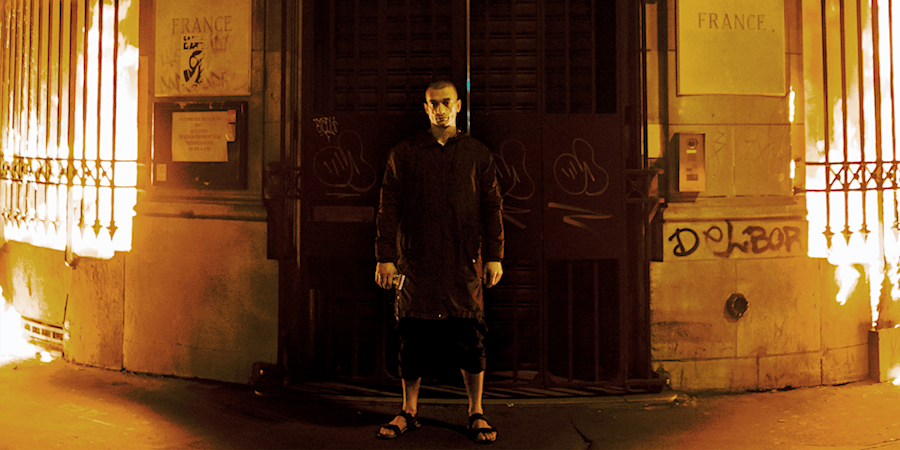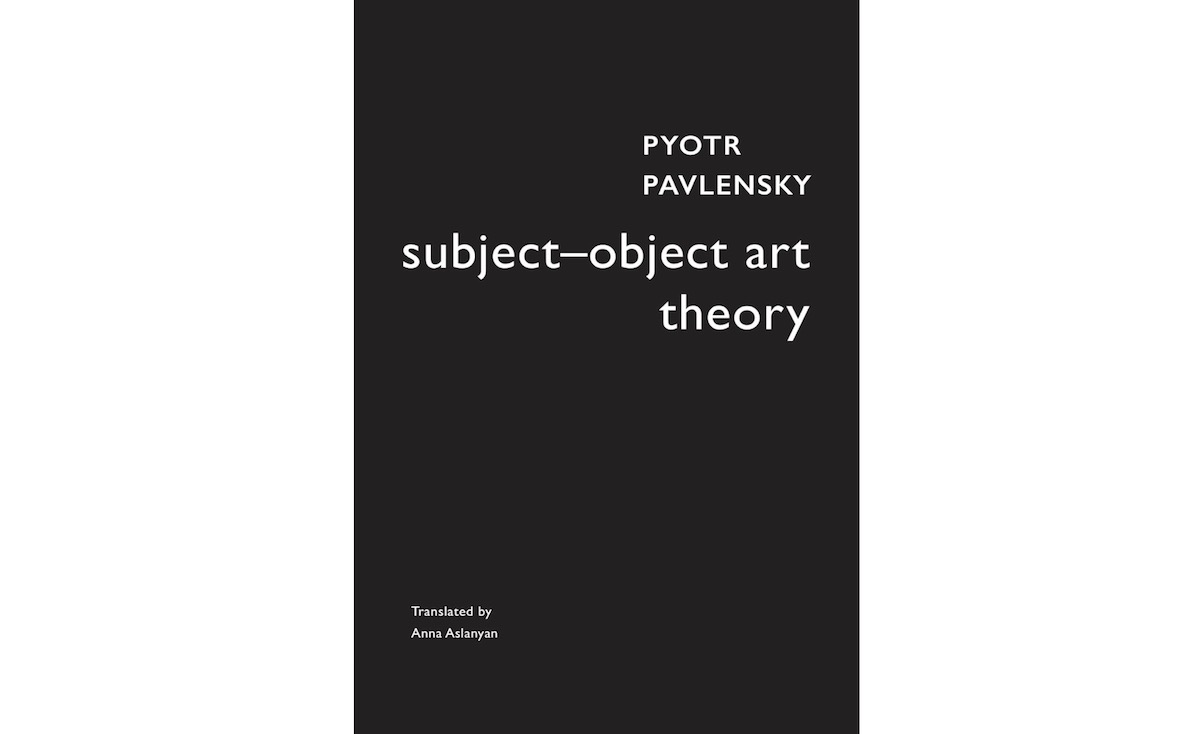There’s an eureka moment, reading Pyotr Pavlensky’s Subject–Object Art Theory, when you realise he isn’t interested in reassuring anyone—not the reader, not the State, not even himself. The book seems less like a manifesto and more like a controlled detonation, the kind that rattles cupboards two streets away.
Pavlensky, whose name is already carved into contemporary Art’s stranger, darker chapters—remember lip-sewing, scrotum nailing, and Bank of France doors alight—has written the sort of text that doesn’t sit quietly on the shelf. It wants to twitch, to scrape, to needle its way back into your hands.
The premise sounds deceptively academic: a new framework he calls “subject–object art.” But Pavlensky is not theorising in the abstract. He’s writing from the scorch marks of experience, from the years when he turned his own body into a site of confrontation. In this book, he tries to pin down the logic behind those acts—not to justify them, exactly, but to trace their internal wiring. His argument, rough in places and challenging in others, is that Art must reclaim its independence not by retreating from power but by using power’s own mechanisms against it. Art, in Pavlensky’s formulation, doesn’t merely resist the art world’s corrupt, commercial side; it reroutes the circuitry and puppetmasters behind the curtain.

Pavlensky spends much of the book tunnelling through the long, messy relationship between Art and authority, hopping from the avant-garde to the present day with a tone that veers between historian and bruised participant. Sometimes he sounds like he’s lecturing a seminar at full volume; sometimes he sounds like he’s whispering from the floor of a police cell. That unevenness becomes part of the book’s peculiar charm.
What pleased me most, though, was how much the book insists on artistic freedom as something stubbornly practical. Pavlensky isn’t dreaming of utopian openness; he’s demanding a complete reset. He wants the reader to rethink Art not as a political accessory but as an autonomous force that doesn’t need permission to act, burn, or interrupt the official script. Whether or not you buy every leap he makes, the urgency is hard to shake.
Born in Leningrad in 1984, now living in Paris, Pavlensky has spent the last decade orbiting, provoking, and in many ways escaping the State apparatus he interrogates here. His decision in 2021 to reject the label “Political Art” feels, in hindsight, inevitable: the term was too small for the risks he took. This book is his attempt to build a larger container.
The translation, by Anna Aslanyan, carries the text with admirable clarity—no small feat given its density, barbed turns, and occasional plunge into feverish abstraction. Her steady hand stops the book from tipping into chaos.
Is Subject–Object Art Theory a book to curl up in bed with? Not remotely. But it’s alive, and for Pavlensky, that’s the only standard that matters. – PCR

